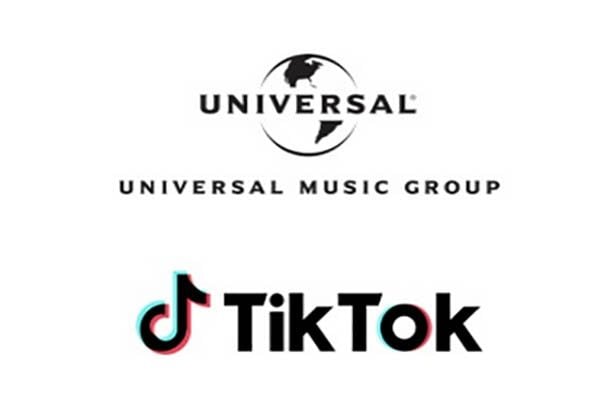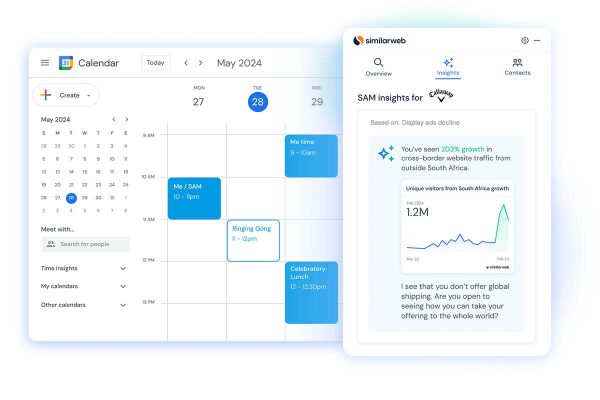For the first time ever, email marketing conversion from mobile equalled that of desktop.
In its Email Benchmark Report: A Marketer’s Guide to 2018, Yes Lifecycle Marketing analysed some 9 billion emails sent in Q4 2017 and more than 30 billion sent in 2017 via its cross-channel communications platform Yesmail360i. The report found that in 2017 smartphone orders accounted for 46% of all email-driven orders, which is a 33% increase year-over-year.
During the same period, tablet and desktop orders saw declines of 14% and 18%, respectively, indicating smartphone’s growing dominance as it edges out other devices.
“It’s clear smartphones have become consumers’ preferred device for purchasing. Marketers have a lot to gain from this shift, but they must improve the mobile user experience and achieve parity between desktop and mobile average order value (AOV).”
– Michael Fisher, president of Yes Lifecycle Marketing
While desktop and mobile are now equal in terms of conversion rate, desktop continues to drive higher AOV. The report found that mobile AOV remains about 40% lower than desktop AOV ($58 vs. $96, respectively) and this ratio has remained consistent over the last three years. The disparity indicates that consumers still value desktop functionality for larger purchases.
“Marketers would be wise to prioritise mobile in 2018. If they unlock the key to increasing the size of orders customers make on mobile, they can earn 40% more revenue this year. To meet that challenge, marketers need a cross-channel communications platform that bridges the gap between mobile and desktop and a creative partner who is well-versed in the mobile experience.”
– Michael Iaccarino, president of Infogroup, parent company of Yes Lifecycle Marketing
The report also finds that, while subscribers received 19% more emails in Q4 2017 than in Q4 2016, the number of opens per openers and clicks per clicker were only up 8 and 3%, respectively. In Q4 2017, new subscribers accounted for just three and a half percent of marketers’ mailable audiences, the lowest this number has ever been.
Triggered emails generated more than double the open rate, triple the unique click rate, and almost double the click-to-open rate of standard emails; yet triggered messages made up only 2% of email volume in 2017.







